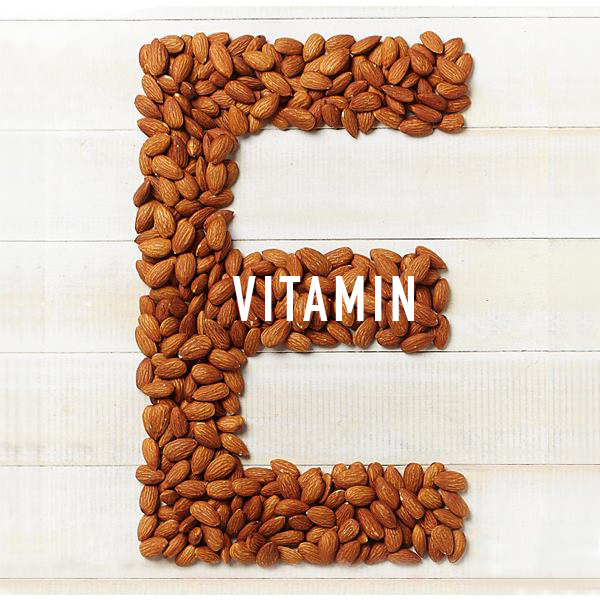Building on the recent announcement from FDA about new guidance on the term healthy and how almonds–full of naturally good fats*–now meet the updated definition, there’s more good nutrition news to share: a one ounce serving of almonds now provides half of the daily needs for vitamin E and is a significant source of magnesium and riboflavin, too.
As a result of changes to the Nutrition Facts panel that went into effect earlier this year, many of the Dietary Reference Intake Values for vitamins, minerals and other nutrients were also updated. The Dietary Reference Intake Values are used to calculate the percent Daily Values (%DV) seen on food packages. Several of those that changed are key nutrients found naturally in almonds. The result of all this is that a healthy handful of almonds is now a good source of fiber (13% DV) and an excellent source of riboflavin (25% DV), magnesium (20% DV) and vitamin E (50% DV).
Each of these nutrients play an important role in good health:
- Vitamin E is an antioxidant that helps protect cells from damage, helps boost the body’s immune system and helps to widen blood vessels and keep blood from clotting within them.
- Magnesium helps regulate muscle and nerve function, blood sugar levels and blood pressure.
- Riboflavin is a B vitamin that helps convert food into fuel. It’s important for cellular function, growth and development and helps maintain normal levels of homocysteine, an amino acid, in the blood.
Ounce for ounce, almonds are the tree nut highest in protein, fiber, calcium, vitamin E, riboflavin and niacin. Besides being a nutrient powerhouse, almonds are also gluten-free and low on the glycemic index.
Consumers will start to see these %DV changes on food packages soon, as well as changes to the rest of the Nutrition Facts panel. The final rule includes numerous design and formatting modifications, intended to ensure consumers have access to information they need to make informed decisions about their food choices. These include increasing the type size for Calories, Servings per Container and Serving Size declaration, the addition of Added Sugar content on the label, and including the amount, in addition to the percent Daily Value, of vitamin D, calcium, iron, and potassium in a food. Vitamins A and C are no longer required to be declared, but can be voluntarily listed, along with other vitamins and minerals.
Here’s a peek at the new Nutrition Facts label for almonds you’ll be seeing soon on supermarket shelves near you:

Whether enjoyed as a smart snack or used as an impressive ingredient, nothing helps build a healthy lifestyle like almonds – an excellent source of vitamin E, magnesium and riboflavin, and a good source of fiber to boot!
*Good news about almonds and heart health. Scientific evidence suggests, but does not prove, that eating 1.5 ounces of most nuts, such as almonds, as part of a diet low in saturated fat and cholesterol may reduce the risk of heart disease. One serving on almonds (28g) has 13g of unsaturated fat and only 1g of saturated fat.


